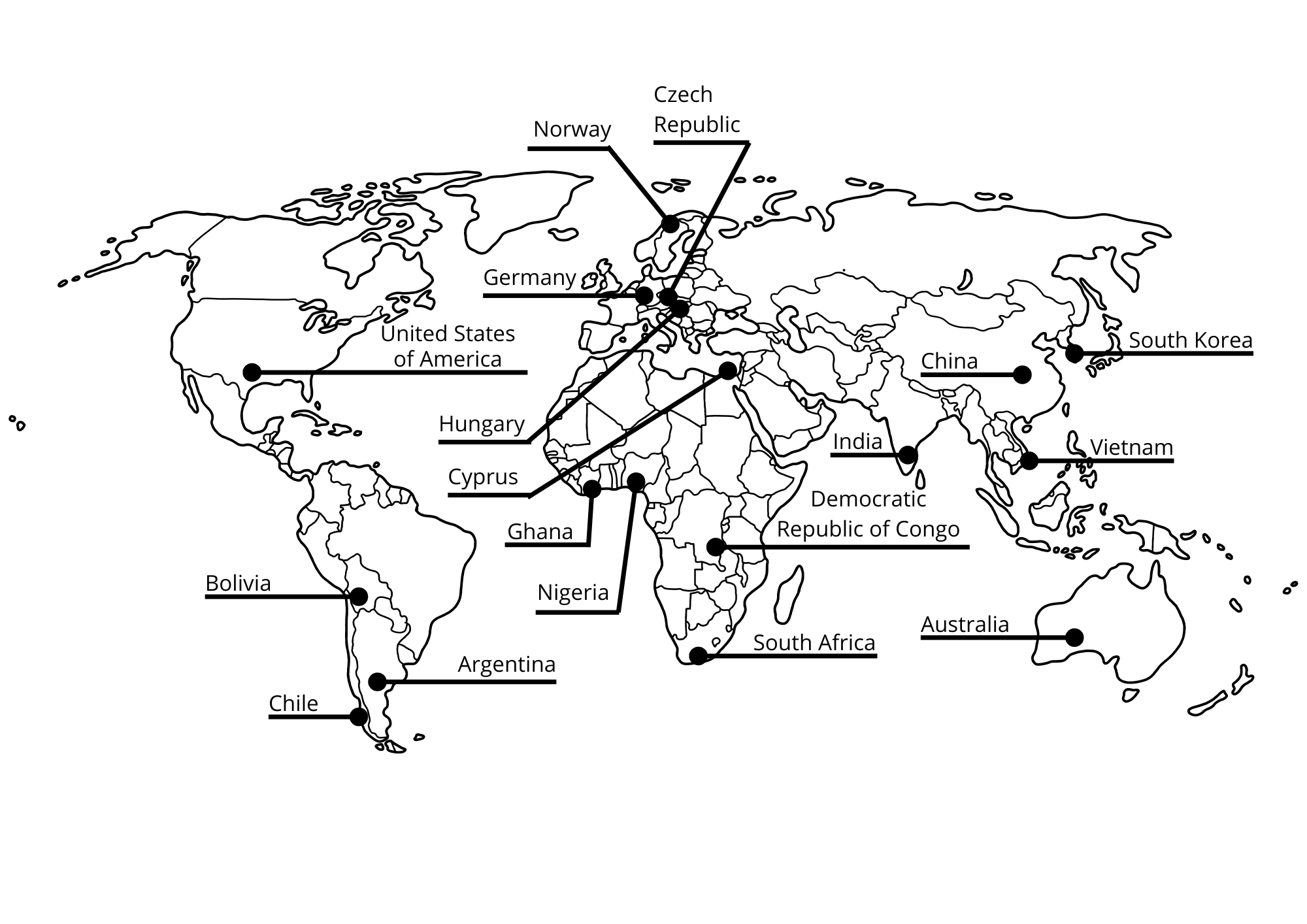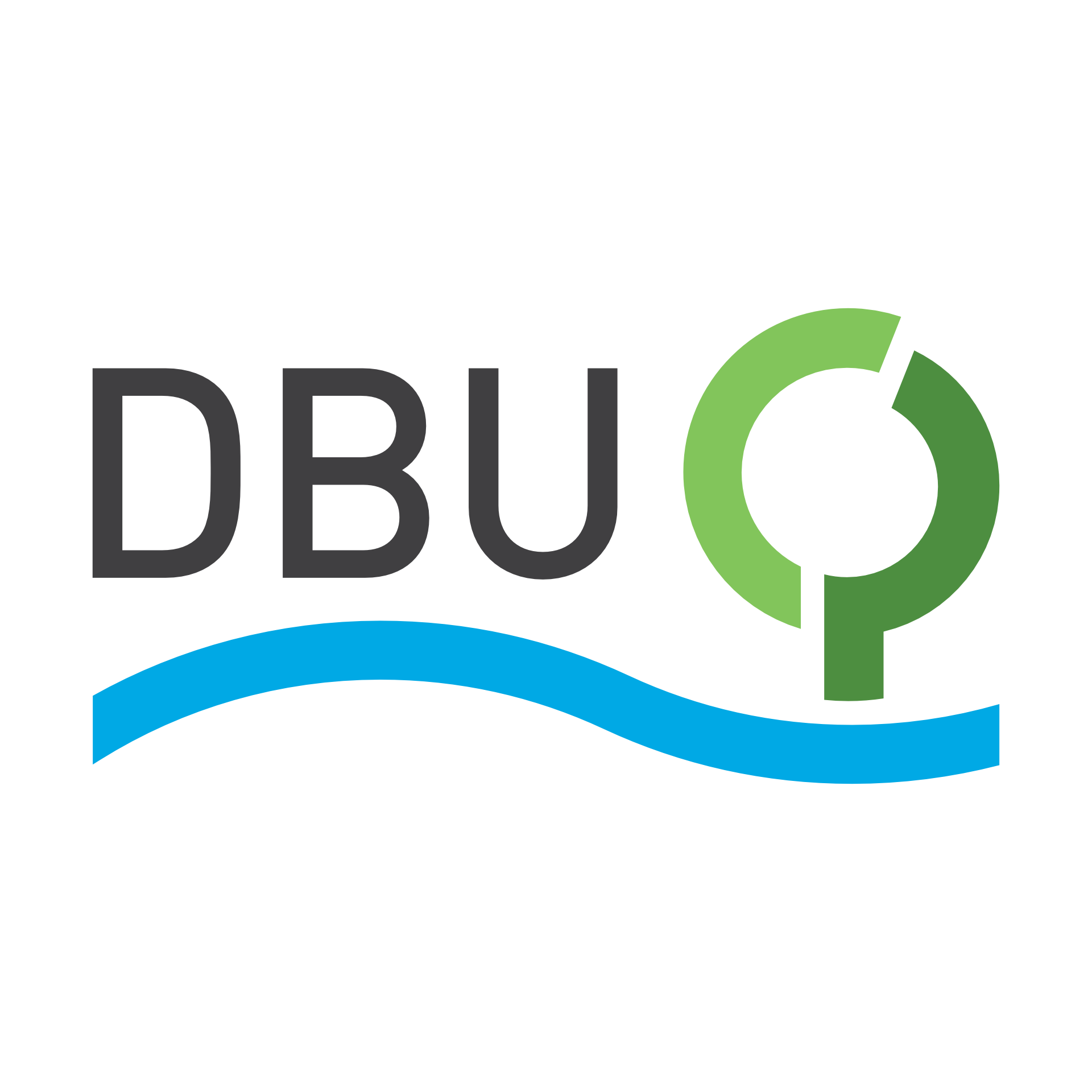SDG 12: Responsible Consumption and Production

This Learning World focuses on understanding the difference between needs and wants, how consumption and production have extensive impacts on different levels and that different actors are involved in both production and consumption. The Learning World provides ideas and components that you can integrate into your teaching: An interactive boardstory with complementary exercises, a glossary with the most important terms of the Learning World, additional exercises to consolidate and further reflect on the contents of SDG 12 as well as examples of the connections between this SDG and others.
Boardstory for interactive learning
Educational Material
The Learning Objectives outline the key competencies students will develop by completing this Learning World. They also highlight connections to other topics, encouraging further exploration and discussion beyond this module.
Learning Objectives
Acquiring competencies for sustainable development is part of a lifelong learning process. The boardstory and exercises provided in this learning world initiate this process and help students gain knowledge, reflect and think critically, and take meaningful action. After completing this unit, it is recommended to foster the development of the desired competencies for sustainable development e.g. by teaching further learning worlds. Thus, expanding students’ skill sets further.
With this in mind, the learning objectives of this specific learning world first and foremost aim to develop a basic understanding of the respective SDG and related connections for students aged nine to eleven. Gaining and expanding competencies for sustainable development further is desirable, but can only be achieved through continuous immersion and persistence.
Following the interaction with this Learning World, the students will be able to:
analyze the difference between needs and wants and explain how these wants do not always need to be fulfilled to feel pleased / well.
recognize what sustainable consumption choices are and what to consider.
assess their own lifestyle choices and how they have consequences on the natural world, other people, cultures and countries and future generations, e.g. due to production patterns.
explain that things have to be produced if one wants to consume or use them.
envision a sustainable and responsible production (assessing toxins, CO\textsubscript{2} emissions, waste generation, health, working conditions, poverty, etc.).
compare different roles and stakeholders (media and advertising, enterprises, legislation, consumers) in production and consumption.
explain that there are (global) value chains for goods and services.
discuss practices of sustainable production and consumption.
communicate the need for sustainable practices in production and consumption.
assess how cultural or societal traditions can influence consumption and production patterns, e.g. fireworks on New Year's Eve, and diet choices or making presents on religious holidays.
plan actions to raise awareness for sustainable consumption and production.
Connection to other SDGs
The 17 SDGs complement each other and should not be viewed in isolation. As such synergy effects can occur, for example an improvement in one of the SDGs can in turn have a positive effect on another. At the same time, prioritizing measures for one SDG can also lead to another goal being neglected. The following overview provides examples of connections between SDGs which can be used to open up new conversations and linking points to take the topic beyond this learning world.
Learning World
SDG 03: Good Health and Well-being
Learning World
SDG 04: Quality Education
Learning World
SDG 05: Gender Equality
Learning World
SDG 06: Clean Water and Sanitation
Learning World
SDG 08: Decent Work and Economic Growth
Learning World
SDG 09: Industry, Innovation and Infrastructure
Learning World
SDG 13: Climate Action
Learning World
SDG 14: Life below Water
Learning World
SDG 15: Life on Land
Learning World
SDG Dilemmas
Learning World
SDG Wedding Cake Model











 Before watching the boardstory for the first time, give the students a listening task: "What do you learn in the boardstory?" Possibly with the addition: "Remember at least three things."
Before watching the boardstory for the first time, give the students a listening task: "What do you learn in the boardstory?" Possibly with the addition: "Remember at least three things." Hand out the worksheets "EXPLORING THE BOARDSTORY" from the student workbook to engage the students in the content of the SDG 12 Boardstory.
Hand out the worksheets "EXPLORING THE BOARDSTORY" from the student workbook to engage the students in the content of the SDG 12 Boardstory.



